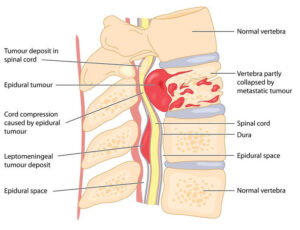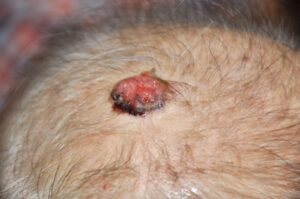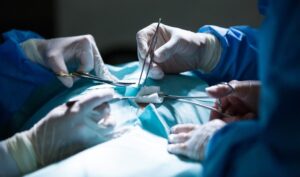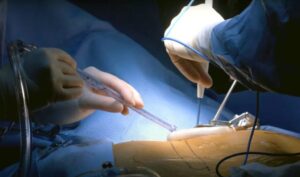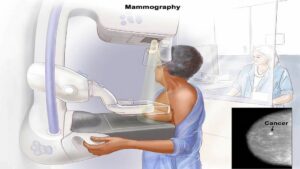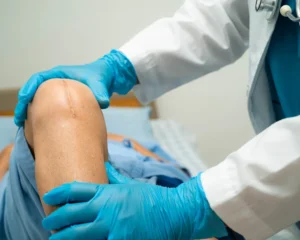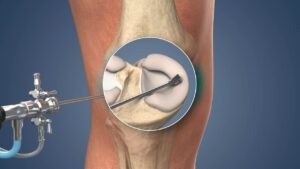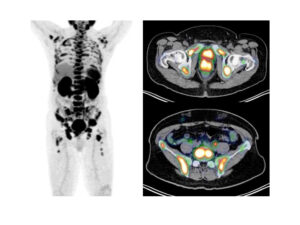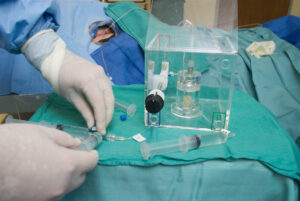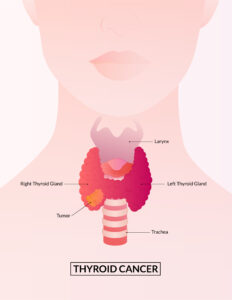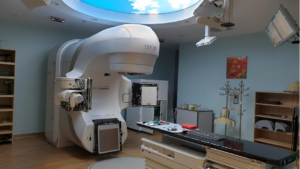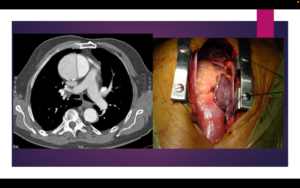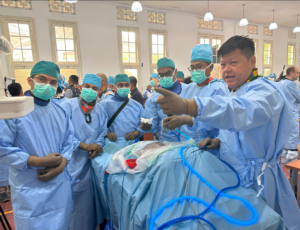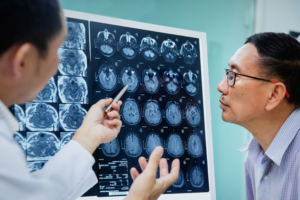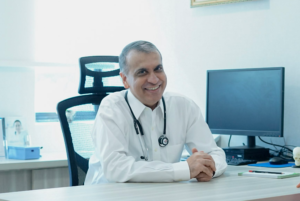Telemedicine for Retinal Screening: A Game-Changer for Eye and Overall Health
Telemedicine-driven retinal screening is transforming how we detect and manage eye diseases like diabetic retinopathy (DR). By combining advanced imaging technology with telemedicine platforms, this approach makes it easier, faster, and more affordable for people to access care—especially in underserved or remote areas. Even more exciting, this technology is unlocking access to world-class retina specialists, such as Dr. Kelvin Teo, and helping identify systemic health conditions like hypertension, cardiovascular disease, and even Alzheimer’s disease.
Connecting Patients to Global Retina Expertise
One of the most transformative aspects of telemedicine is its ability to connect patients with leading retina experts, no matter where they are. Telemedicine eliminates barriers imposed by distance and travel by enabling high-quality retinal images to be captured locally and securely shared with experts worldwide.
Dr. Teo’s and his team has been at the forefront of telemedicine-driven retinal screening, developing criteria for accurately diagnosing and referring patients for further care (Tan et al., 2024). Their contributions ensure that even patients in the community receive the same standard of care as those with access to major medical centers. This global connectivity is elevating eye care and helping prevent vision loss on a larger scale.
Making Eye Care More Accessible
Telemedicine-driven retinal screening is also making routine eye care more accessible. Digital healthcare models, as highlighted by Dr. Teo’s group1, have proven highly effective in delivering remote care. Using affordable fundus cameras, trained technicians can capture high-resolution images of patients’ retinas in local clinics or community centers. These images are then sent to experts for evaluation, ensuring timely diagnosis and treatment without requiring in-person visits.
This approach has been particularly valuable for people with diabetes, who need regular screenings to detect early signs of DR, a leading cause of blindness. Research by Dr. Teo’s group2 has shown that telemedicine-driven programs significantly improve access to screening, enabling early diagnosis and preventing severe complications.
Unlocking Clues to Systemic Health
The retina is not only a window into eye health but also an indicator of systemic diseases. Changes in the retinal blood vessels can signal conditions such as hypertension, cardiovascular disease, and chronic kidney disease. Telemedicine-driven retinal screening allows these issues to be identified early, prompting timely interventions that may prevent severe health outcomes.
Excitingly, advancements in artificial intelligence (AI) are unlocking even more potential. A recent study3 demonstrated how a deep learning model could detect Alzheimer’s disease using retinal photographs. This retrospective, multicenter case-control study showed that subtle retinal changes, such as thinning of the nerve fiber layer, are linked to neurodegeneration. The study underscores the retina’s role as a non-invasive biomarker for Alzheimer’s and highlights how retinal imaging, combined with AI, can provide critical insights into neurodegenerative diseases, allowing for early diagnosis and better disease management.
Preventing Vision Loss and Improving Global Health
Telemedicine-driven retinal screening isn’t just about preventing blindness—it’s a powerful tool for improving overall health. By making eye care accessible, connecting patients to global experts like Dr. Kelvin Teo, and unlocking insights into systemic conditions, this technology is transforming healthcare delivery.
As highlighted by Dr. Teo’s group1,2 and others3, telemedicine is reshaping the future of ophthalmology and preventive care. With continued advancements in imaging, AI, and global networks, telemedicine-driven retinal screening is poised to play a vital role in addressing the growing global burden of vision and systemic health issues. This innovation ensures that patients everywhere, regardless of location, can benefit from early detection, timely intervention, and expert care.
References
- Tham Y, Husain R, Teo KYC, et al. New digital models of care in ophthalmology, during and beyond the COVID-19 pandemic. British Journal of Ophthalmology. 2022;106:452-457.
- Tan R, Teo KYC, Husain R, et al. Evaluating the outcome of screening for glaucoma using colour fundus photography-based referral criteria in a teleophthalmology screening programme for diabetic retinopathy.British Journal of Ophthalmology. 2024;108:933-939.
- Cheung CY, Ran AR, Wang S, et al. A deep learning model for detection of Alzheimer’s disease based on retinal photographs: a retrospective, multicentre case-control study. Lancet Digital Health. 2022;4(11):e806-e815. doi: 10.1016/S2589-7500(22)00169-8.
About the Author
Dr. Kelvin Teo is a world-renowned retina specialist, Senior Consultant at the Advanced Eye Clinic & Surgery and Associate Professor at Duke-NUS Medical School. Formerly Director of SNEC Ocular Reading Centre, he played a key role in shaping Singapore’s national guidelines for diabetic retinopathy telemedicine screening, advancing technology-driven eye care locally and internationally. His main interest are in the treatment of age related macular degeneration and diabetic eye disease, publishing over 100 peer review articles on these topics and garnering over SGD$10 million in grant funding over his career.
Proliferative diabetic retinopathy. The photo on the left is of an eye that has proliferative diabetic retinopathy. New vessels have grown on the retina and while vision might still be near normal, this eye is at a high risk of bleeding. The photo on the right is of an eye with proliferative diabetic retinopathy and severe bleeding. This is a severe sight threatening complication of diabetic retinopathy which requires urgent treatment and surgery. Telemedicine and retina screening aims to prevent such a sight threatening stage of diabetic retinopathy from developing by starting treatment early.
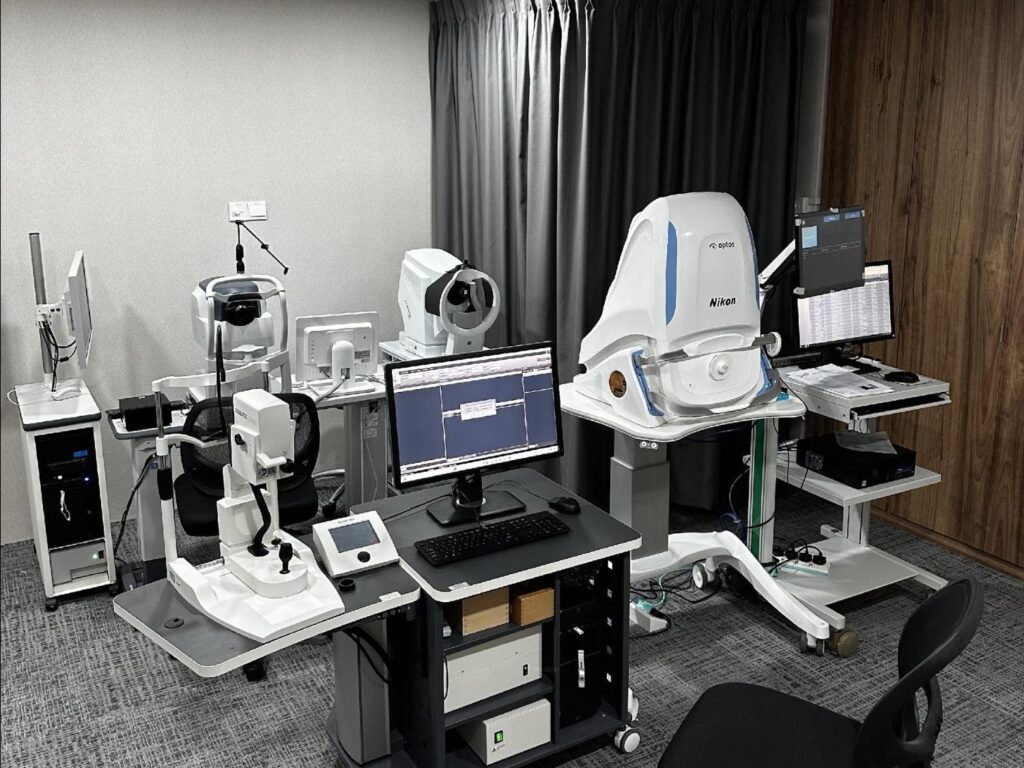
Imaging is a cornerstone of specialist ophthalmology practice, providing critical insights for diagnosing and monitoring a wide range of eye conditions. At Advanced Eye Clinic & Surgery, we boast a state-of-the-art imaging suite equipped with the latest technologies to deliver precise and reliable results. Coupled with the expertise of world-renowned specialists like Dr. Kelvin Teo, these advanced imaging tools enable accurate interpretation, ensuring patients receive the most precise diagnoses and personalized care for their vision needs.

Dr. Kelvin Teo is seen scanning a patient using a prototype imaging device. With years of research and active involvement in retinal imaging, Dr. Teo is frequently sought after by imaging companies to evaluate and test novel imaging technologies. These prototype platforms, rigorously tested and safe for human use, represent the latest advancements in imaging technology and are only accessible to a select group of experts in the field.
Patients under Dr. Teo’s care benefit from access to these state-of-the-art platforms, offering unparalleled accuracy in imaging and diagnosis. This ensures they receive cutting-edge care, supported by the most advanced and innovative tools in ophthalmology.
Retina imaging plays a crucial role in detecting systemic health conditions. In one case, the imaging revealed very thin, twisted, and curved retinal vessels—an indication of hypertension. The patient was advised to consult his physician, where he was subsequently diagnosed with hypertension requiring immediate treatment.
Another patient presented with a retinal vein occlusion caused by severe hypertension, often referred to as a “stroke of the eye.” This condition blocks part of the visual field and can lead to permanent vision loss if left untreated. To prevent further damage, the patient underwent treatment, including laser therapy and injections into the eye, which helped stabilize their vision and avoid further complications.
These examples highlight how retina imaging not only aids in diagnosing eye conditions but also provides valuable insights into broader health issues, underscoring its importance in preventive healthcare.




